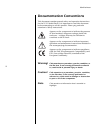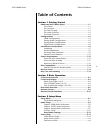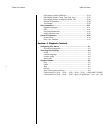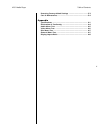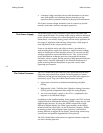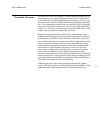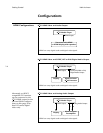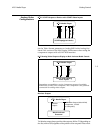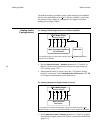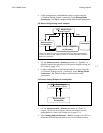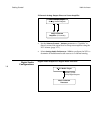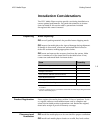
1-2
Getting Started Mark Levinson
• A damper bridge, machined from solid aluminum to increase
mass and rigidity and eliminate flexure from day-to-day
operation and to promote stability in the physical mechanism.
All of these custom design attributes work in concert to provide
smooth, quiet and consistent transport operation.
The Power Supply
The power supply is the foundation upon which the audio and
video signals are built. The analog audio outputs utilize a dedicated
power system consisting of a custom-designed low-noise toroidal
transformer, a secondary analog power section which performs the
first stage of regulation and filtering, followed by a final stage of
local regulation in the output section itself.
Power to the digital audio and video sections is provided by a
switch-mode power supply that delivers a single constant voltage,
which is distributed to local modules where it is converted to the
voltages required for each individual circuit. This “point of load”
power distribution technique prevents unwanted interactions,
caused by uneven supply, during periods of high demand from any
single circuit. Another advantage is the efficient distribution of
power reducing thermal dissipation to provide a more stable
operating environment.
The Video Processor
The Nº51 Media Player provides the video performance and flexi-
bility that one expects from a Mark Levinson product. Custom
calibrated scaling and de-interlacing are provided with support for
resolutions up to 720p and 1080i. Other features include:
• Aspect ratio conversion to eliminate letterboxing and pillar
boxing.
• High quality 14-bit / 216MHz video Digital-to-Analog Converters
(DACs) provide exceptional video output for analog displays.
• An on-screen display, unique to the Nº51, complements the
elegance of its industrial design.
In addition to the standard analog video outputs, the Nº51 includes
a High-Definition Multimedia Interface (HDMI) output for use with
digital display devices. By using the HDMI output with a high-
definition digital display, the video signal remains in the digital
domain from the source (disc) to the destination (display), unlike
an analog system, where digital video signals are converted to
analog and back to digital in the display, introducing unnecessary
conversions and possible degradations of the picture.
The Nº51 Media Player also features a separate monitor output for
use with a media processor.





